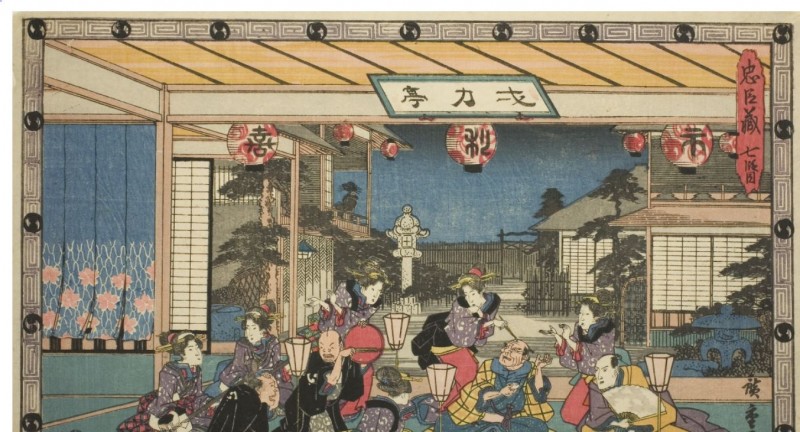
Garlic – a small, unassuming bulb with a pungent aroma and a distinct flavor that can elevate a dish from ordinary to extraordinary. But did you know that this humble ingredient has a history that spans not only kitchens but also medicine cabinets, rituals, and even vampire folklore? Let's delve into the intriguing and often bizarre applications of garlic throughout the annals of history.
In the ancient world, garlic wasn't just a seasoning; it was a vital part of both culinary and medicinal practices. Cultures like the Egyptians, Greeks, and Romans embraced its potent taste and potential health benefits. From warding off evil spirits to promoting physical strength, garlic was woven into daily life.
Garlic's reputation for its healing properties persisted over time. From treating wounds in World War I to its antimicrobial and antifungal effects recognized by modern science, garlic's medicinal allure endures. It's even believed to have helped prevent the plague in the Middle Ages.
Ancient civilizations believed garlic had protective powers. It adorned doorways and windows, not only to flavor food but also to repel malevolent entities. This belief extended to vampires, with garlic being seen as a natural defense against these mythical creatures.
Garlic's reputation extended into folklore. It was thought to possess the ability to ward off witches, werewolves, and other supernatural beings. This belief in garlic's protective capacities speaks to its deep-rooted place in cultural narratives.
Beyond its mystical associations, garlic's culinary prowess is undeniable. From Italian pasta to Asian stir-fries, its aromatic essence enhances dishes across continents. The "stinking rose" has become an essential ingredient in kitchens worldwide.
Garlic's presence isn't limited to the kitchen. It has permeated literature and pop culture, with references in classic and contemporary works alike. Its significance often extends beyond taste, becoming a symbol of strength and vitality.
As modern science continues to uncover garlic's properties, it has found its way into supplements, skincare, and even pest control. Its natural compounds are harnessed for various purposes, showcasing its adaptability and versatility.
Understanding garlic's journey from seed to seasoning adds depth to its story. Cultivation methods have evolved, yet the fundamental allure of this ancient ingredient remains unchanged.
Incorporating garlic into our lives goes beyond the kitchen. From its potential health benefits to its rich history, garlic invites us to explore its multifaceted nature and appreciate its contributions to human culture.
Garlic is a global ingredient with numerous varieties, each offering its unique flavor profile. Exploring these varieties allows us to appreciate the nuances of taste deeply.
Garlic's reputation as a health-enhancing ingredient aligns with modern wellness trends. Its role in supporting the immune system and promoting heart health has contributed to its continued popularity.
The distinctive aroma of garlic can be attributed to sulfur compounds. These compounds not only contribute to its flavor but also offer potential health benefits, making garlic a flavorful and functional addition to meals.
For enthusiasts, cultivating garlic can be a rewarding endeavor. From choosing the right variety to nurturing it through the growing process, starting a garlic garden can connect us to its roots in agriculture.
Around the world, garlic festivals celebrate this beloved ingredient. These events showcase its culinary diversity and provide a platform for garlic enthusiasts to come together and revel in its wonders.
Garlic's medicinal reputation inspires DIY remedies. From garlic-infused oils to soothing teas, these homemade concoctions harken back to the times when natural ingredients were the primary source of healing.
Garlic's potent flavor demands careful handling. Mastering techniques for peeling, chopping, and roasting garlic can elevate your culinary creations and ensure you make the most of this potent ingredient.
As we embrace garlic's benefits, it's essential to consider its environmental footprint. Exploring sustainable sourcing and reducing waste helps us enjoy garlic's bounty while being mindful of the planet.
Garlic's symbolism isn't uniform; it varies across cultures. While some see it as a charm against evil, others view it as a representation of renewal and vitality. This diversity adds to its mystique.
Garlic's journey from traditional remedy to modern medicine is a testament to its enduring significance. Its potential to complement pharmaceutical treatments continues to be explored by researchers.
From ancient rituals to modern kitchens, garlic's legacy is vibrant and enduring. Its ability to transcend time, cultures, and uses speaks to its universal appeal and its remarkable place in our history.
Back Pain Bothering You? Modify Your Diet with These 6 Choices
Guarding Your Heart: How Excessive Calcium Could Impact Cardiovascular Well-being
Prime Minister Narendra Modi Calls for Global Ethical AI Framework at B20 Summit